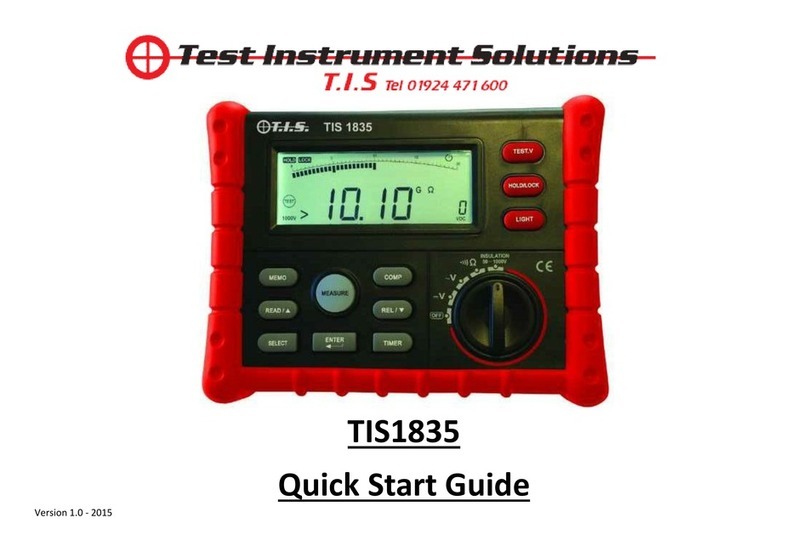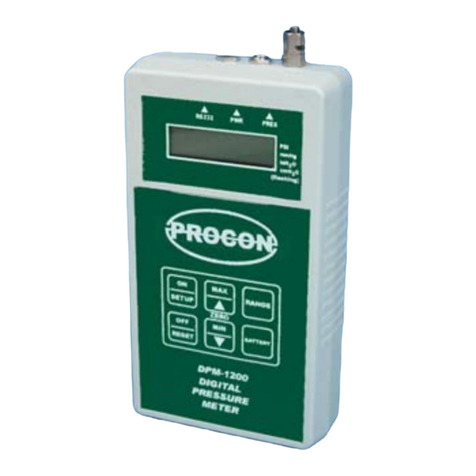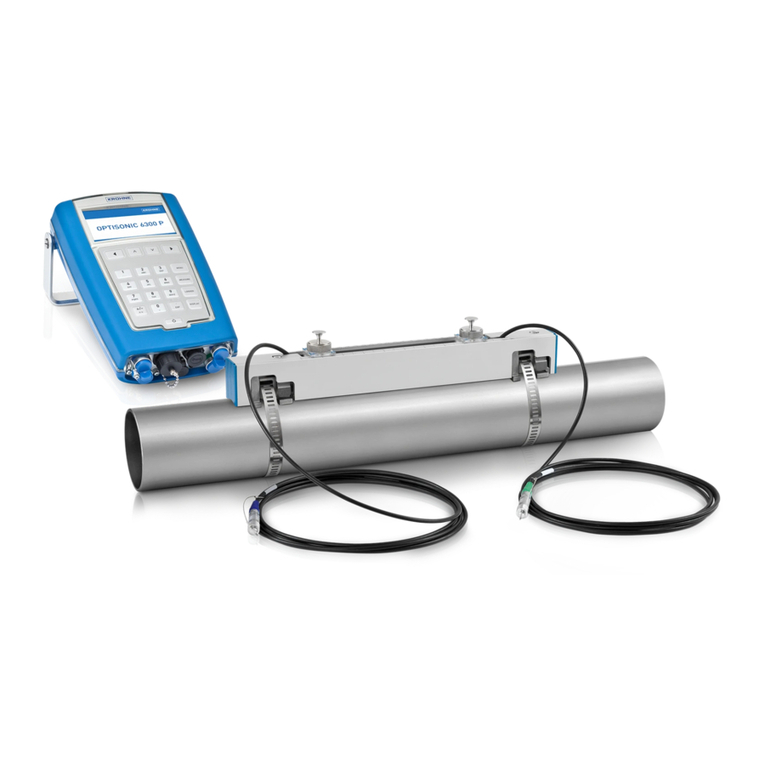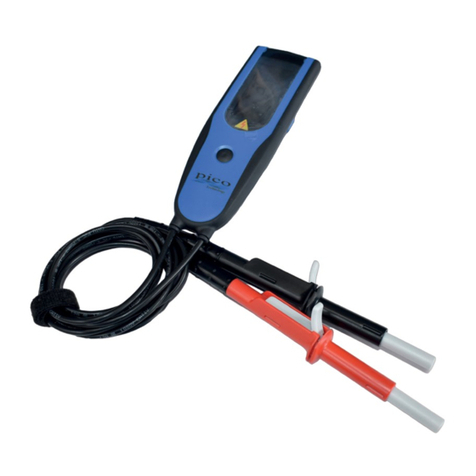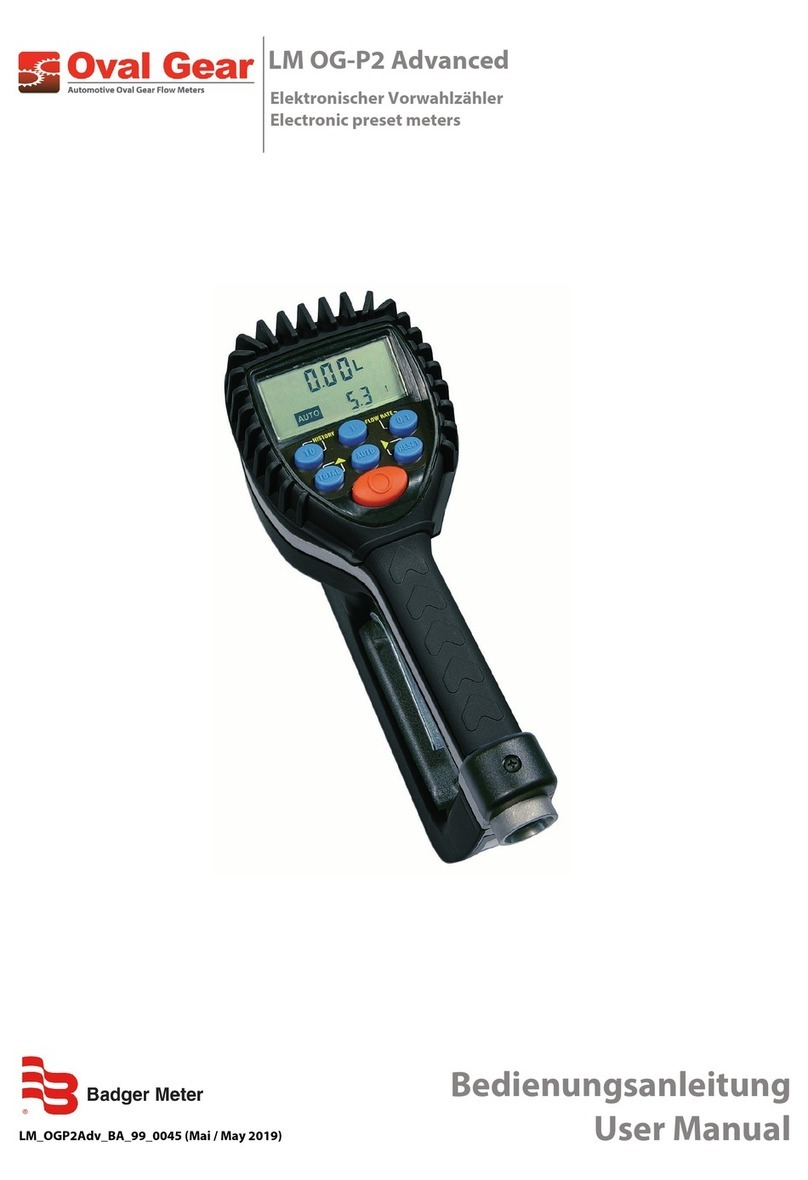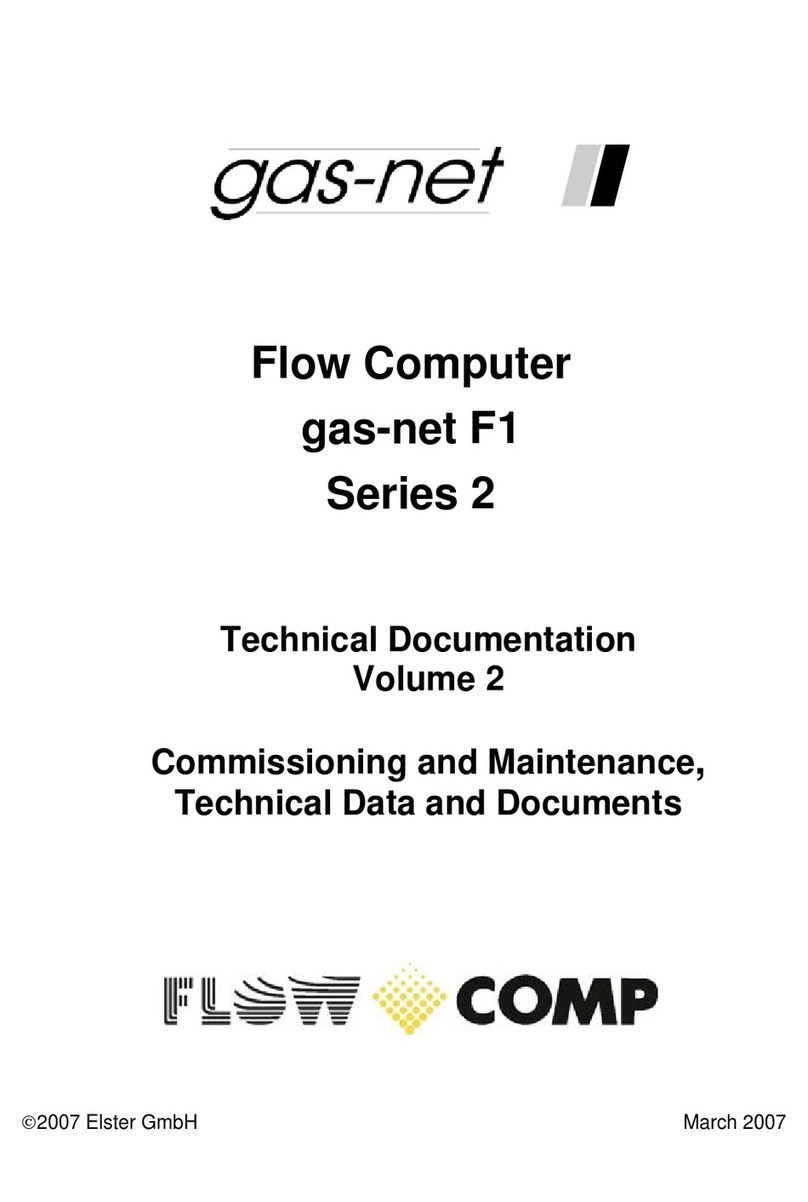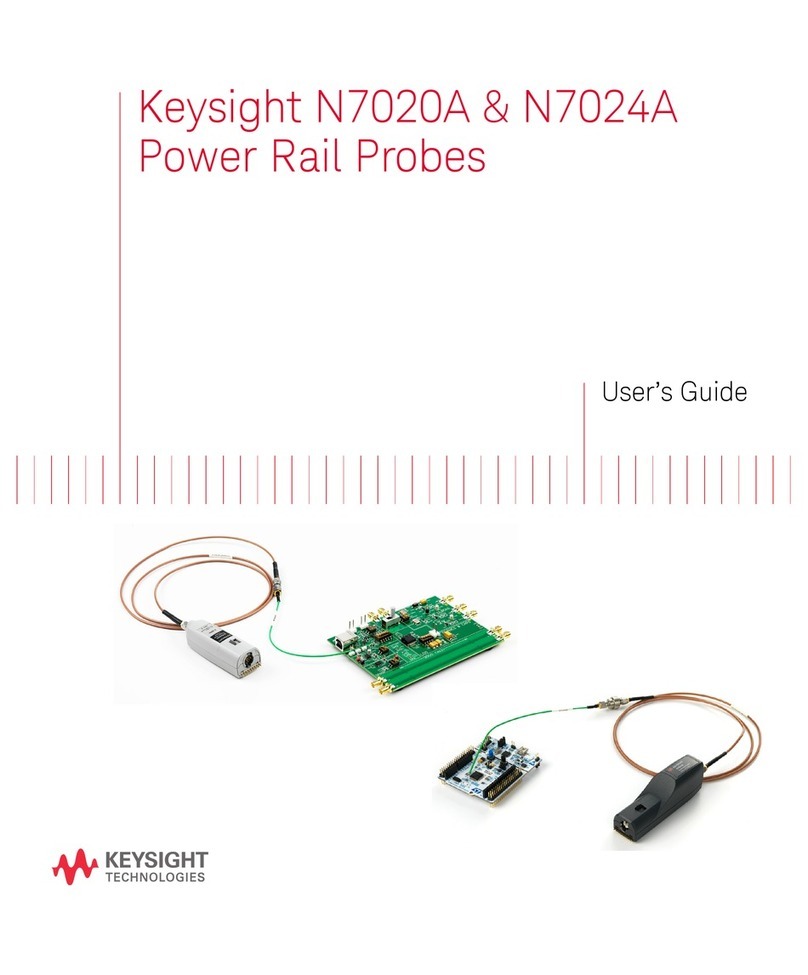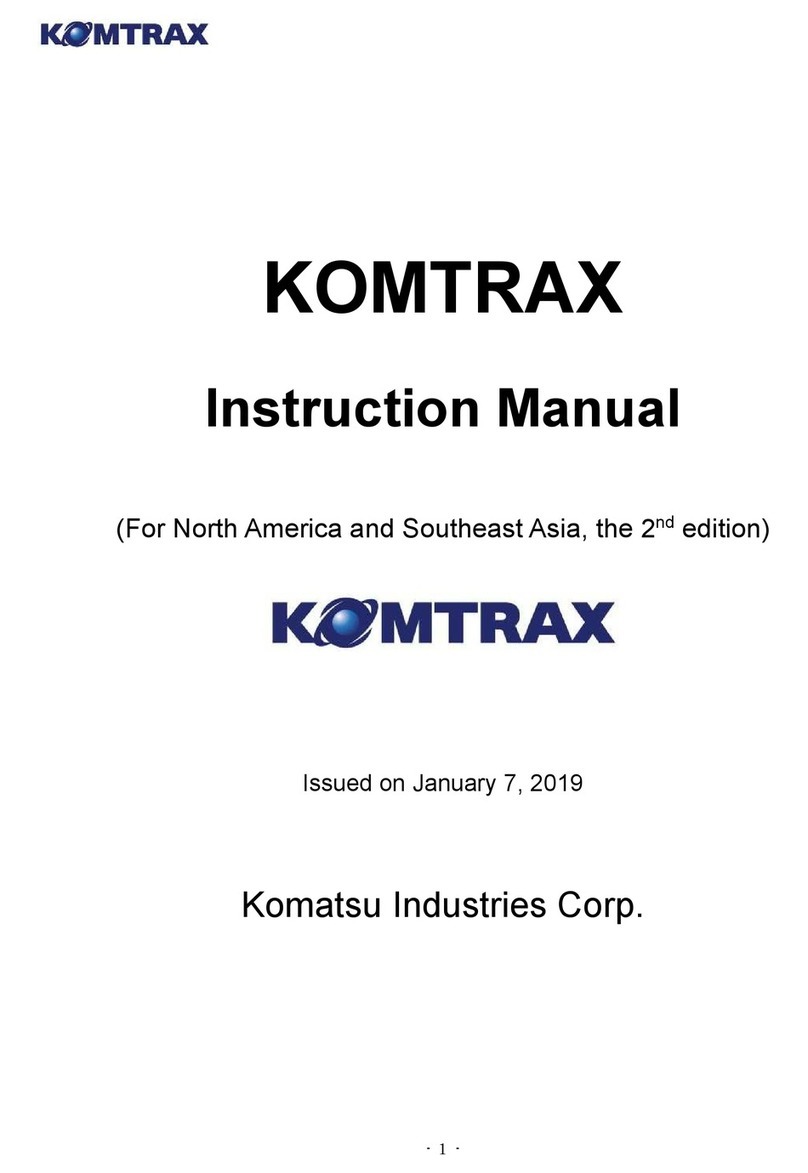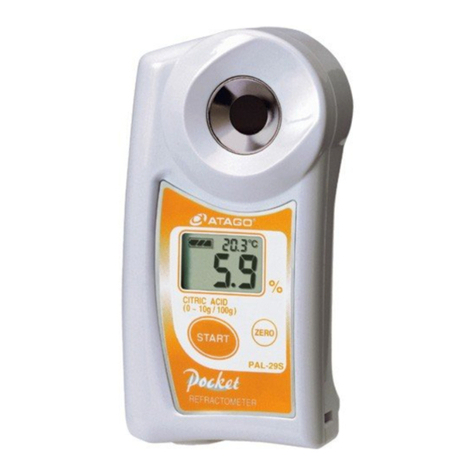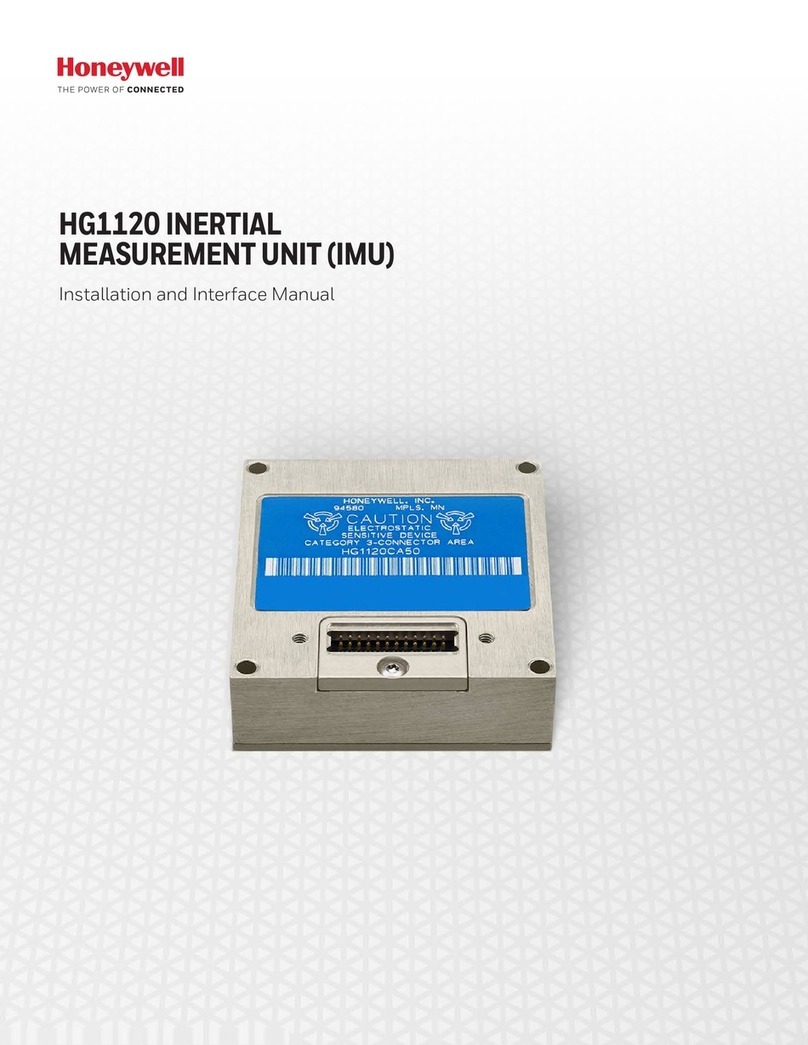T.I.S. MFT-ECO User manual

MF
T-
EC
O
User
manual
©Copyright T.I.S INSTRUMENTS 2022 Release EN 1.02 - 26/07/2022

©Copyright T.I.S INSTRUMENTS 2022 Release EN 1.02 - 26/07/2022

©Copyright T.I.S INSTRUMENTS 2022 Release EN 1.02 - 26/07/2022

MFT-ECO
TABLE OF CONTENTS
1. PRECAUTIONS AND SAFETY MEASURES....................................................................
4
1.1. Preliminary instructions........................................................................................................
4
1.2. During use ...............................................................................................................................
5
1.3. After use ..................................................................................................................................
5
1.4. Definition of measurement (overvoltage) category..................................................................
5
2. GENERAL DESCRIPTION................................................................................................
7
2.1. Instrument functions ................................................................................................................
7
3. PREPARATION FOR USE ................................................................................................
8
3.1. Initial checks............................................................................................................................
8
3.2. Instrument power supply .........................................................................................................
8
3.3. Storage....................................................................................................................................
8
4. NOMENCLATURE ............................................................................................................
9
4.1. Instrument description .............................................................................................................
9
4.2. Description of measuring leads............................................................................................
9
4.3. Keyboard description...............................................................................................................
10
4.4. Display description ..................................................................................................................
10
4.5. Initial screen ............................................................................................................................
11
5. GENERAL MENU..............................................................................................................
12
5.1. SET – Instrument settings .......................................................................................................
12
5.1.1. Language........................................................................................................................................
12
5.1.2. Country ...........................................................................................................................................
13
5.1.3. Electrical system .............................................................................................................................
14
5.1.4. General settings..............................................................................................................................
15
5.1.5. Auto Start feature............................................................................................................................
16
5.1.6. Date and time..................................................................................................................................
17
5.1.7. Info ..................................................................................................................................................
17
6. OPERATING INSTRUCTIONS .........................................................................................
18
6.1. AUTO: Automatic test sequence (NoTrip , RCD) ....................................................................
18
EN - 1

MFT-ECO
1. Anomalous situations......................................................................................................................
23
6.2. DMM: Multimeter function .......................................................................................................
24
6.3. RPE: Continuity of protective conductors................................................................................
26
6.3.1. TMR mode ......................................................................................................................................
29
6.3.2. > φ< mode .....................................................................................................................................
31
6.3.3. Anomalous situations......................................................................................................................
32
6.4. MΩ: Measurement of insulation resistance .............................................................................
33
6.4.1. TMR mode ......................................................................................................................................
37
6.4.2. AUTO mode ....................................................................................................................................
39
6.4.3. Anomalous situations......................................................................................................................
40
6.5. RCD: Test on differential switches...........................................................................................
42
6.5.1. AUTO mode ....................................................................................................................................
48
6.5.2. AUTO mode ....................................................................................................................................
50
6.5.3. x½, x1, x5 modes............................................................................................................................
51
6.5.4. mode ...............................................................................................................................................
52
6.5.5. DD mode.........................................................................................................................................
53
6.5.6. CCID mode (TN systems – USA country).......................................................................................
54
6.5.7. Anomalous situations......................................................................................................................
56
6.6. LOOP: Line impedance/Loop and overall earth resistance.....................................................
60
6.6.4. Br.Cap mode – Verify of breaking capacity of protection device.....................................................
65
6.6.5. TripT - Verify of protection coordination ..........................................................................................
67
6.6.6. NoTrip 2-wire test - Verify of protection against indirect contacts ...................................................
69
6.6.7. NoTrip 3-wire test - Verify of protection against indirect contacts ...................................................
72
6.6.8. Verify of protection against indirect contacts (IT systems)..............................................................
74
6.6.9. Verify of protection against indirect contacts (TT systems).............................................................
77
6.6.10. Verify of protection against indirect contacts (TN systems) ............................................................
79
6.6.11. Anomalous situations......................................................................................................................
82
6.7. 1,2,3: Phase sequence and phase concordance test .............................................................
86
6.7.1. Anomalous situations......................................................................................................................
90
7. MAINTENANCE ................................................................................................................
93
7.1. General information.................................................................................................................
93
EN - 2

MFT-ECO
7.2. Replacement of the batteries ..................................................................................................
93
7.3. Cleaning the instrument ..........................................................................................................
93
7.4. End of life ................................................................................................................................
93
8. TECHNICAL SPECIFICATIONS .......................................................................................
94
8.1. Technical characteristics .........................................................................................................
94
8.2. Reference guidelines...............................................................................................................
99
8.3. General characteristics............................................................................................................
99
8.4. Environment ............................................................................................................................
100
8.4.1. Environmental conditions for use....................................................................................................
100
9. SERVICE ..........................................................................................................................
101
9.1. Warranty conditions.................................................................................................................
101
9.2. Service ....................................................................................................................................
101
10. THEORETICAL APPENDIXES .........................................................................................
102
10.1. Continuity of protective conductors .........................................................................................
102
10.2. Insulation resistance................................................................................................................
103
10.3. Checking circuit separation .....................................................................................................
104
10.4. Test on differential switches (RCD) .........................................................................................
107
10.5. Verify of the breaking capacity of protection devices ...........................................................
108
10.6. Verify of protection against indirect contacts in TN systems................................................
109
10.7. No trip test in TN systems....................................................................................................
111
10.8. Verify of protection against indirect contacts in TT systems ................................................
112
10.9. Verify of protection against indirect contacts in IT systems .................................................
113
10.10. Verify of protection coordination L-L, L-N and L-PE.............................................................
114
EN - 3

MFT-ECO
1. PRECAUTIONS AND SAFETY MEASURES
The instrument has been designed in compliance with guidelines IEC/EN61557, BS7671
17th and 18th editions and IEC/EN61010, relevant to electronic measuring instruments.
Before and after carrying out the measurements, carefully observe the following
instructions:
•Do not carry out any voltage or current measurement in humid environments.
•Do not carry out any measurements in case gas, explosive materials or flammables are
present, or in dusty environments.
•Avoid any contact with the circuit being measured if no measurements are being
carried out.
•Avoid contact with exposed metal parts, with unused measuring leads, etc.
•Do not carry out any measurement in case you find anomalies in the instrument such
as deformations, breaks, substance leaks, absence of display on the screen, etc.
•Pay special attention when measuring voltages higher than 25V in special
environments (such as construction sites, swimming pools, etc.) and higher than 50V in
normal environments, since a risk of electrical shock exists.
•Only use original accessories.
The following symbols are used in this manual:
1.1. PRELIMINARY INSTRUCTIONS
•This instrument has been designed for use in the environmental conditions specified in
§ 8.4.1. Do not use in different environmental conditions.
•The instrument may be used for measuring and verifying the safety of electrical
systems. Do not use on systems exceeding the limit values specified in § 8.1
CAUTION: observe the instructions given in this manual; improper use could
damage the instrument, its components or create dangerous situations for the
operator.
High voltage danger: electrical shock hazard.
Double insulation
AC voltage or current
DC voltage or current
Connection to earth
The symbol indicates that the instrument must not be connected to systems
with phase-to-phase rated delta voltage higher than 415V.
EN - 4

MFT-ECO
•We recommend following the normal safety rules devised to protect the user against
dangerous currents and the instrument against incorrect use.
•Only the accessories supplied with the instrument guarantee compliance with safety
standards. They must be in good conditions and be replaced with identical models,
when necessary.
•Make sure the batteries are correctly installed.
•Before connecting the test leads to the circuit being measured, check that the desired
function has been selected
1.2. DURING USE
Please carefully read the following recommendations and instructions:
•Before changing function, disconnect the test leads from the circuit under test.
•When the instrument is connected to the circuit under test, never touch any terminal,
even if unused.
•Avoid measuring resistance if external voltages are present. Even if the instrument is
protected, excessive voltage could cause damage.
1.3. AFTER USE
When measurements are completed, turn off the instrument by pressing and holding the
ON/OFF key for some seconds. If the instrument is not to be used for a long time, remove
the batteries and follow the instructions given in § 3.3
1.4. DEFINITION OF MEASUREMENT (OVERVOLTAGE) CATEGORY
Standard "IEC/EN61010-1: Safety requirements for electrical equipment for measurement,
control and laboratory use, Part 1: General requirements” defines what measurement
category, commonly called overvoltage category, is. § 6.7.4: Measured circuits, reads:
circuits are divided into the following measurement categories:
•Measurement category IV is for measurements performed at the source of a low-
voltage installation.
Examples are electricity meters and measurements on primary overcurrent protection
devices and ripple control units.
•Measurement category III is for measurements performed on installations inside
buildings.
Examples are measurements on distribution boards, circuit breakers, wiring, including
cables, bus-bars, junction boxes, switches, socket-outlets in fixed installation, and
equipment for industrial use and some other equipment, for example, stationary motors
with permanent connection to fixed installation.
•Measurement category II is for measurements performed on circuits directly
connected to the low-voltage installation.
Examples are measurements on household appliances, portable tools and similar
equipment.
CAUTION
Failure to comply with the caution notes and/or instructions may damage
the instrument and/or its components or be a source of danger for the
operator.
EN - 5

MFT-ECO
•Measurement category I is for measurements performed on circuits not directly
connected to MAINS.
Examples are measurements on circuits not derived from MAINS, and specially
protected (internal) MAINS-derived circuits. In the latter case, transient stresses
are variable; for that reason, the standard requires that the transient withstand
capability of the equipment is made known to the user
EN - 6

MFT-ECO
2. GENERAL DESCRIPTION
2.1. INSTRUMENT FUNCTIONS
The instrument can perform the following tests:
•RPE Continuity test of earth, protective and equipotential conductors with test
current higher than 200mA and open-circuit voltage between 4V and
24V
•MΩMeasurement of insulation resistance with continuous test voltage of 50V,
100V, 250V, 500V or 1000V DC
•LOOP Measurement of line impedance/Loop P-N, P-P, P-E with calculation of the
assumed short-circuit current, overall earth resistance without causing
the RCD tripping (NoTrip ), check of the interruption capacity of
magnetothermal protections (MCB) and fuses, protection check in case
of indirect contacts with 2-wire and 3-wire connection
•RCD Test on molded-case standard, General and Selective RCDs of type A/F
( ), AC ( ), B/B+ ( ), DD and CCID ( , ) (country
USA) of the following parameters: tripping time, tripping current, contact
voltage
•AUTO Automatic sequence measurements of NoTrip and RCD functions with 3-
wire connection (TN systems only)
•1,2,3 Indication of phase sequence with 1-terminal method
•DMM Multimeter function for Phase-Neutral, Phase-Phase, Phase-PE voltage
measurements and frequency
EN - 7

MFT-ECO
3. PREPARATION FOR USE
3.1. INITIAL CHECKS
Before shipping, the instrument has been checked from an electric as well as mechanical
point of view. All possible precautions have been taken so that the instrument is delivered
undamaged. However, we recommend checking it to detect any damage possibly suffered
during transport. In case anomalies are found, immediately contact the Dealer. We also
recommend checking that the packaging contains all the components. In case of
discrepancy, please contact the Dealer. In case the instrument should be returned, please
follow the instructions given in § 9.
3.2. INSTRUMENT POWER SUPPLY
The instrument is powered by 6x1.5V alkaline batteries of type AA LR06 supplied with the
instrument. The “ ” symbol indicates the charge level of the batteries. To replace the
batteries refer to § 7.2.
The instrument is capable of keeping data stored even without batteries.
The instrument has an AutoPower OFF function (which can be deactivated) after 10
minutes idling.
3.3. STORAGE
In order to guarantee precise measurement, after a long storage time under extreme
environmental conditions, wait for the instrument to come back to normal condition (see §
8.4.1).
EN - 8

MFT-ECO
4. NOMENCLATURE
4.1. INSTRUMENT DESCRIPTION
Fig. 1: Description of the front part of the instrument
Fig. 2: Description of the upper part of the instrument
4.2. DESCRIPTION OF MEASURING LEADS
CAPTION:
1. Inputs
2. LCD display
3. ,, , , SAVE/ENTER
keys
4. Compartment of the
connector for optical cable/
USB port
5. GO/STOP keys
6. HELP/ key
7. ESC/MENU key
8. ON/OFF key
CAPTION:
1. Connector for remote lead
2. B1, B3, B4 inputs
CAUTION
The instrument performs the check of voltage on PE by comparing the
voltage at B4 input and the ground potential induced on instrument side by
mean the user’s hand, so in order to check voltage on PE, it’s mandatory
to hold the instrument case on the left or on the right side
CAPTION:
1. Hand protection
2. Safe area
EN - 9

MFT-ECO
Fig. 3: Description of measuring leads
4.3. KEYBOARD DESCRIPTION
The keyboard includes the following keys:
4.4. DISPLAY DESCRIPTION
ON/OFF key to switch on/off the instrument
ESC key to exit the selected menu without confirming
MENU key to back to general Menu on each moment
keys to move the cursor through the different screens in order to
select the desired programming parameters
SAVE/ENTER key to save the selected setup parameters (SAVE) and to select
from menu the desired function (ENTER)
GO key to start the measurement
STOP key to stop the measurement
HELP key to access the online help and display the possible connections
between the instrument and the system for each selected function
key (continuos pressure) to adjust the display backlight
The display is an COG LCD module, 128x128 points. The first
line of the display indicates the type of active measurement,
the date/time and the battery charge indication
RPE
R = - - - Ω
Itest = - - - mA
Measuring…
STD
2.00Ω
0.12Ω
MODE
Lim
> φ<
115/10 – 18:04
EN - 10

MFT-ECO
4.5. INITIAL SCREEN
After a few seconds, the instrument switches to general menu screen
When switching on the instrument, the initial screen appears
for a few seconds. It shows:
•The instrument model
•The manufacturer
•The serial number (SN:) of the instrument
•The Firmware version of the two instrument's internal
microprocessors (FW and HW)
•The date of instrument calibration (Calibration date:)
MFT-ECO+
TIS
SN: 22100100
HW: 2.00
FW: 2.09
Calibration date:
15/07/2022
EN - 11

MFT-ECO
5. GENERAL MENU
Pressing the MENU/ESC key in any condition of the instrument allows to go back to the
general menu in which internal parameters may be set, the saved measures can be
displayed and the desired measuring function may be selected.
Selecting one of the listed measurements with the cursor and confirming with ENTER the
instrument shows the desired measurement at display.
5.1. SET – INSTRUMENT SETTINGS
5.1.1. Language
MENU 15/10 – 18:04
RPE : Continuity
MΩ: Insulation
LOOP : ZE/ZS Impedance
RCD : Auto, Ramp, Man
AUTO : ZS-Loop & RCD
1,2,3 : Phase equence
DMM : Voltage / Freq.
MENU 15/10 – 18:04
SET : Settings
Move the cursor to SET by means of the arrow keys (,)
and confirm with ENTER. Subsequently, the displays shows
the screen which allows accessing the various instrument
settings.
The settings will remain valid also after switching off the
instrument.
Language
Country
Electrical system
General settings
Date and time
Info
SET 15/10 – 18:04
Move the cursor to Language by means of the arrow keys
(,) and confirm with ENTER. Subsequently, the displays
shows the screen which allows setting the instrument
language.
Select the desired option by means of the arrow keys (,).
To store settings, press the ENTER key, to exit the changes
made, press the ESC key.
English
Italian
Español
Deutsch
Français
SET 15/10 – 18:04
EN - 12

MFT-ECO
5.1.2. Country
EN - 13

MFT-ECO
5.1.3. Electrical system
Europe
Extra Europe
Germany
UK
Norvay
USA
Australia/New Zealand
SET 15/10 – 18:04
Move the cursor to Country by means of the arrow keys
(,) and confirm with ENTER. Subsequently, the displays
shows the screen in order to select the reference country
which have influence on the LOOP and NoTrip
measurements.
Select the desired option by means of the arrow keys
(,). To store settings, press the ENTER key, to exit the
changes made, press the ESC key.
EN - 14

MFT-ECO
5.1.4. General settings
Move the cursor to Electrical system by means of the arrow
keys (,) and confirm with ENTER. Subsequently, the
display shows the screen which allows to set the followed
parameters:
➢Vnom the Phase-Neutral or Phase-PE nominal voltage
(110V,115V,120V, 127V,133V,220V,230V,240V) to use in
the calculation of prospectrive short circuit current in
LOOP/RCD measurement for L1, L2, L3, N three-phase
systems (L-N-PE system) or the rated voltage between
Phase-Phase in LOOP/RCD measurement for L1, L2,
PE split-phase systems (L-L-PE system)
➢Frequency the system frequency (50Hz, 60Hz)
➢System the type of connection in RCD and LOOP
functions (L-N-PE or L-L-PE)
➢Distribution the type of electric power supply system
(TT, TN or IT)
➢Contact Volt the limit of contact voltage (25V, 50V)
➢I RCD the type of trip out RCD current visualization
(Real, Nom). With “Nom” option the instrument shows the
normalized value of trip out current (referred to the
nominal current). Example: for RCD type A/F with
Idn=30mA the effective value of normalized trip out
current can be up to 30mA. With “Real” option the
instrument shows the effective value of the trip out current
by considering the coefficients indicated by the IEC/
EN61008 and IEC/EN61009 guidelines (1.414 for RCD
type A/F, 1 for RCD type AC, 2 for RCD type B/B+).
Example: for RCD type A/F with Idn=30mA the effective
value of trip out current up to 30mA * 1.414 = 42mA
➢RCD/RCCB Selecting “RCD” option the instrument
performs the tripping time test with all multipliers in
normally conditions. Selecting “RCCB” option, only for
30mA devices, the instrument performs tripping time test
with x5 multiplier with test current of 250mA (type AC) and
350mA (type A/F)
➢Isc Factor (only for Norvay country) possibility to
select and the value of ISC factor (0.01 ÷ 1.00) to use
in the calculation of prospectrive short circuit current
Select the desired option by means of the arrow keys (,).
To store settings, press the ENTER key, to exit the changes
made, press the ESC key.
Vnom.
:
230V
Frequency
:
50Hz
System
:
L-N-PE
Distribution
:
TN
Contact Volt
:
50V
I RCD
:
Nom.
RCD/RCCB
:
RCD
Isc Factor
:
0.75
SET 15/10 – 18:04
EN - 15

MFT-ECO
5.1.5. Auto Start feature
The AutoStart feature allows to run automatically the RCD and LOOP measurements. In
order to correct use the AutoStart mode it is NECESSARY to run the FIRST test by
pressing the GO/STOP key on the instrument or the START key on the remote lead.
After first test completion, as soon as the instrument detects in input a steady voltage
within the allowed range, run the test without pressing the GO/STOP key on the instrument
or the START key on the remote lead.
Move the cursor to General settings by means of the arrow
keys (,) and confirm with ENTER. Subsequently, the
display shows the screen which allows to enable/disable the
auto power off, enable/disable the sound of function keay for
each pressure and enable/disable the Auto Start function
(automatic start) in the RCD and LOOP funtions (see § 5.1.5)
Select the desired option by means of the arrow keys (,)
and the (, ). To store settings, press the ENTER key, to
exit the changes made, press the ESC key
Auto Power Off
:
OFF
Keys Beep
:
OFF
AutoStart
:
OFF
(RCD/LOOP)
SET 15/10 – 18:04
EN - 16

MFT-ECO
5.1.6. Date and time
5.1.7. Info
Move the cursor to Date and time by means of the arrow
keys (,) and confirm with ENTER. Subsequently, the
display shows the screen which allows to set the system
date/time. Select “Format” field to set the European system
(“DD/MM/YY, hh:mm” EU format) or the American systema
(“MM/DD/YY hh:mm” USA format).
Select the desired option by means of the arrow keys (,)
and the (, ). To store settings, press the ENTER key, to
exit the changes made, press the ESC key.
Format.
:
EU
Year
:
19
Month
:
10
Day
:
14
Hour
:
17.
Minute
:
38
SET 15/10 – 18:04
Move the cursor to Info by means of the arrow keys (,)
and confirm with ENTER. Subsequently, the display shows
the initial screen as indicated in the screen at side.
Press ESC key to return to main menu
15/10-18:04
MFT-ECO+
TIS
SN: 22100100
HW: 2.00
FW: 2.09
Calibration date:
15/07/2022
SET 15/10 – 18:04
EN - 17
Table of contents
Other T.I.S. Measuring Instrument manuals
Popular Measuring Instrument manuals by other brands
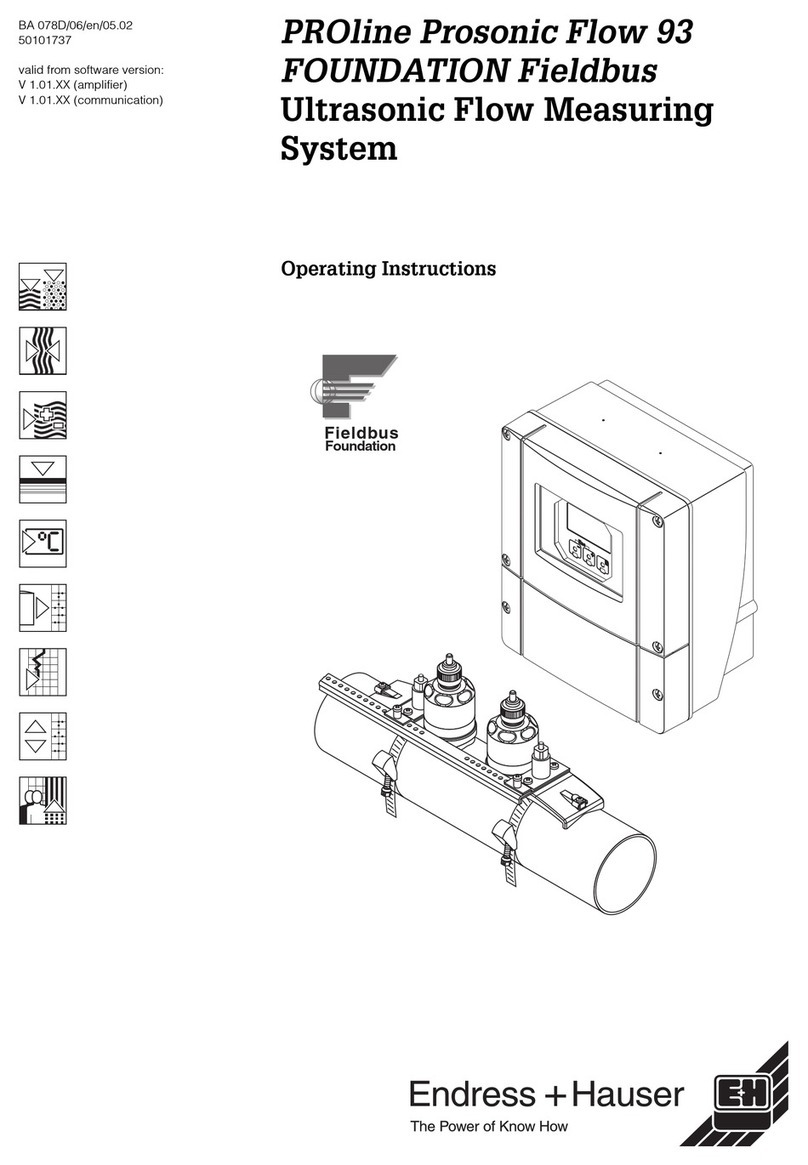
Endress+Hauser
Endress+Hauser Proline Prosonic Flow 93 operating instructions

Varian
Varian ProStar 363 Operation manual
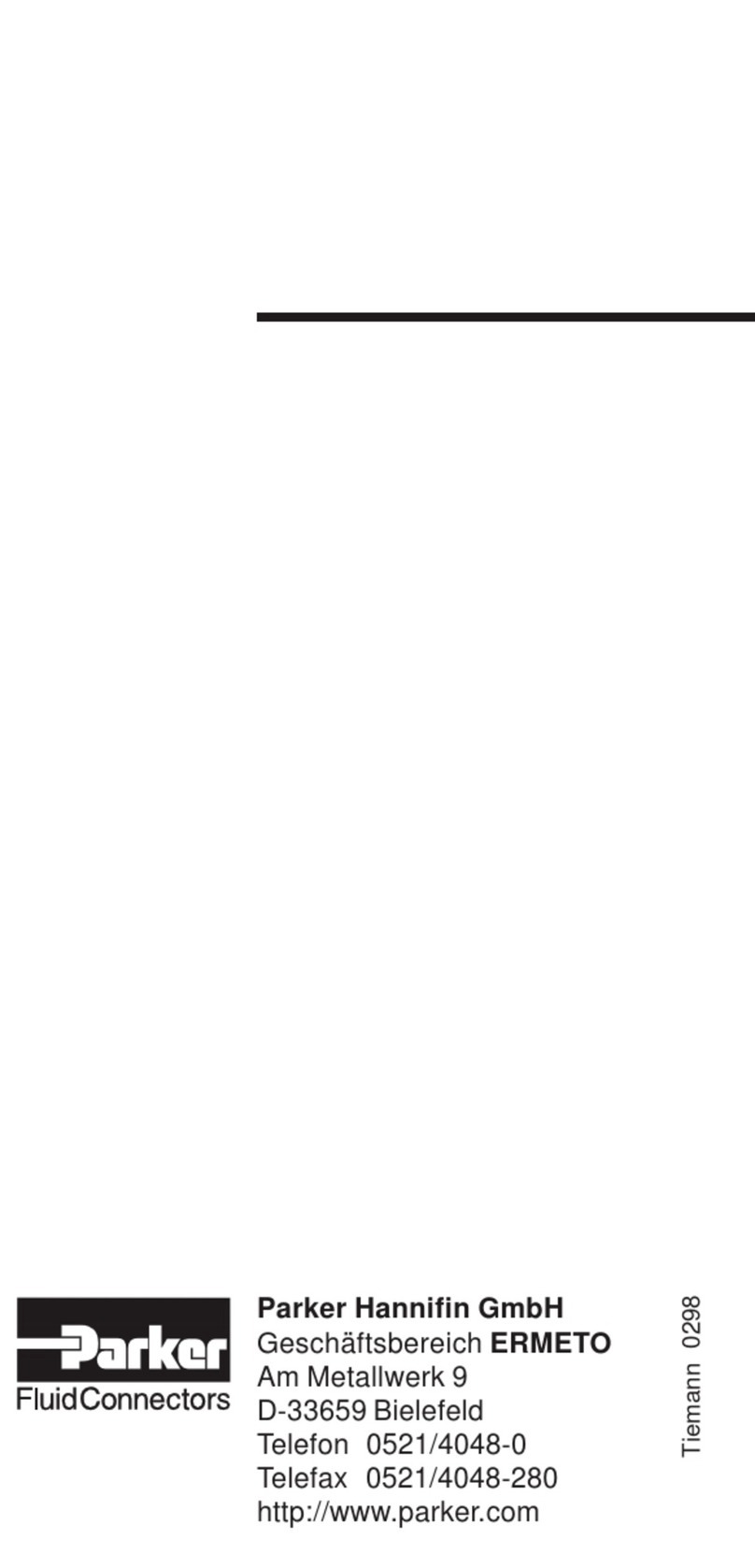
Parker
Parker SensoControl Serviceman SCM-150 Series operating instructions
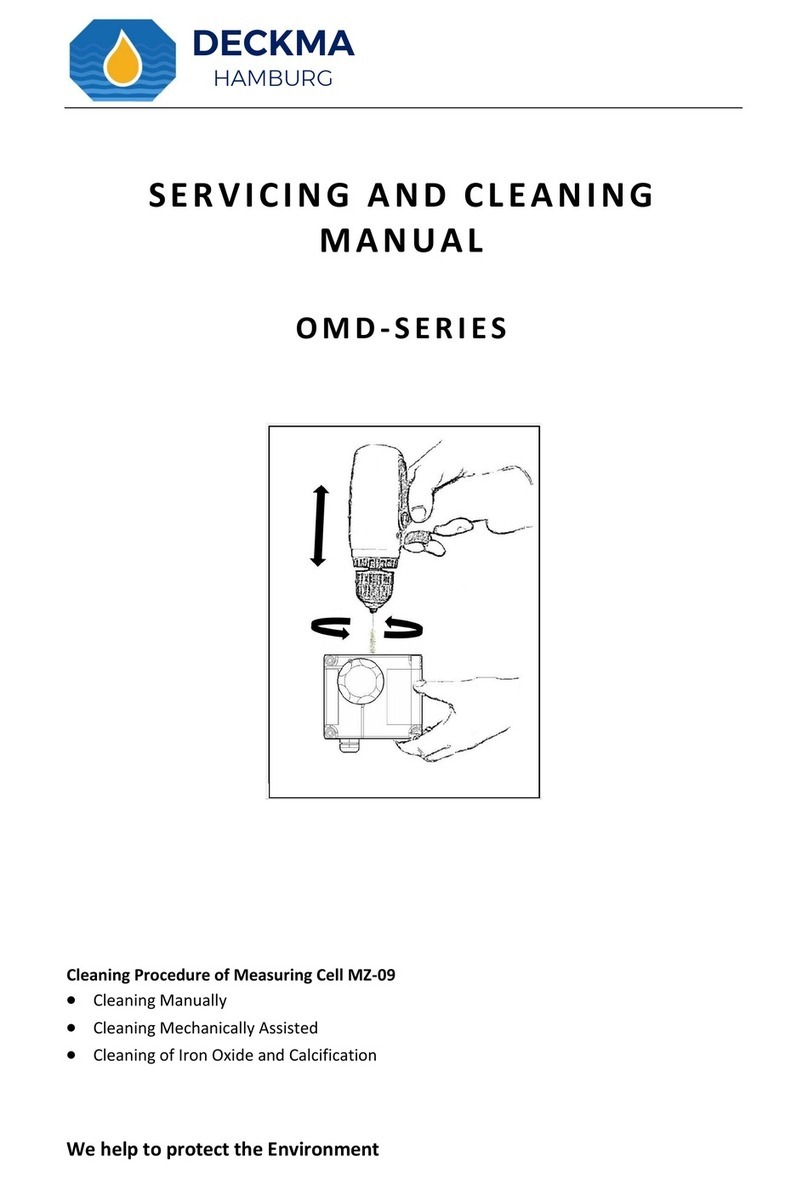
Deckma
Deckma OMD Series Servicing and Cleaning Manual
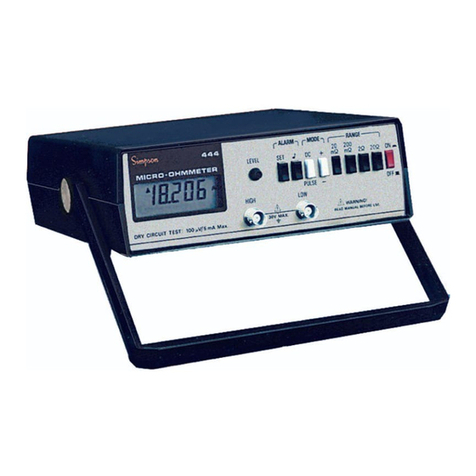
Simpson
Simpson 444 Operator's manual
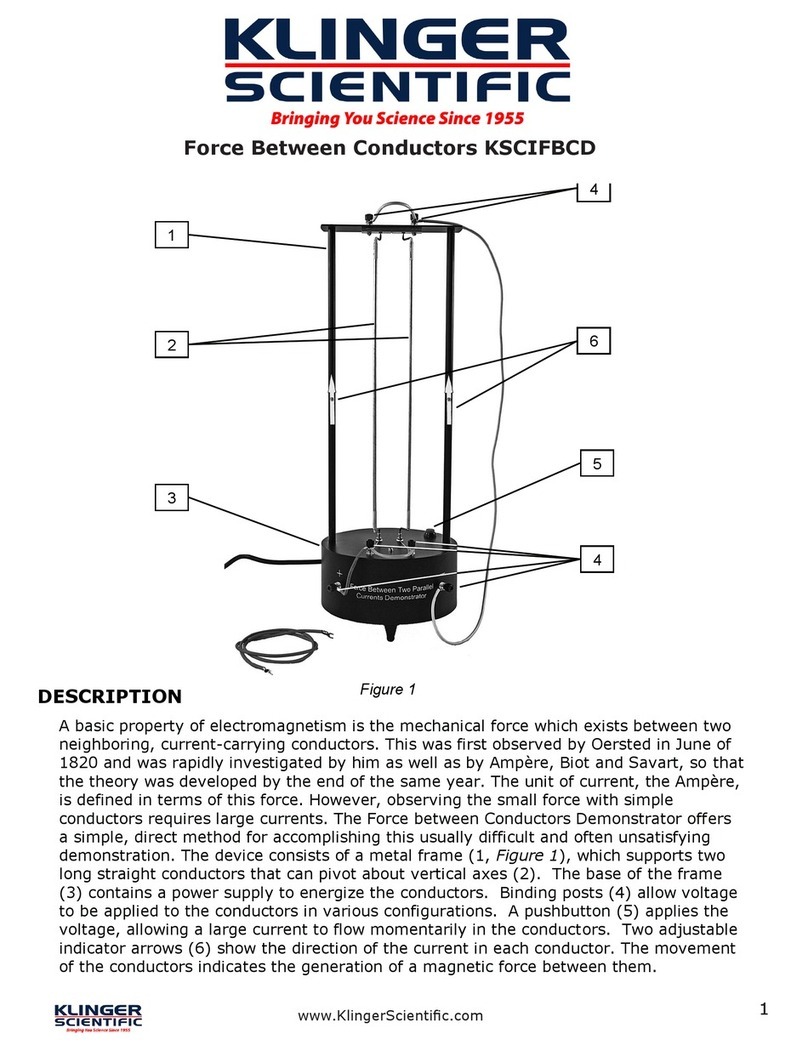
KLINGER
KLINGER KSCIFBCD manual
